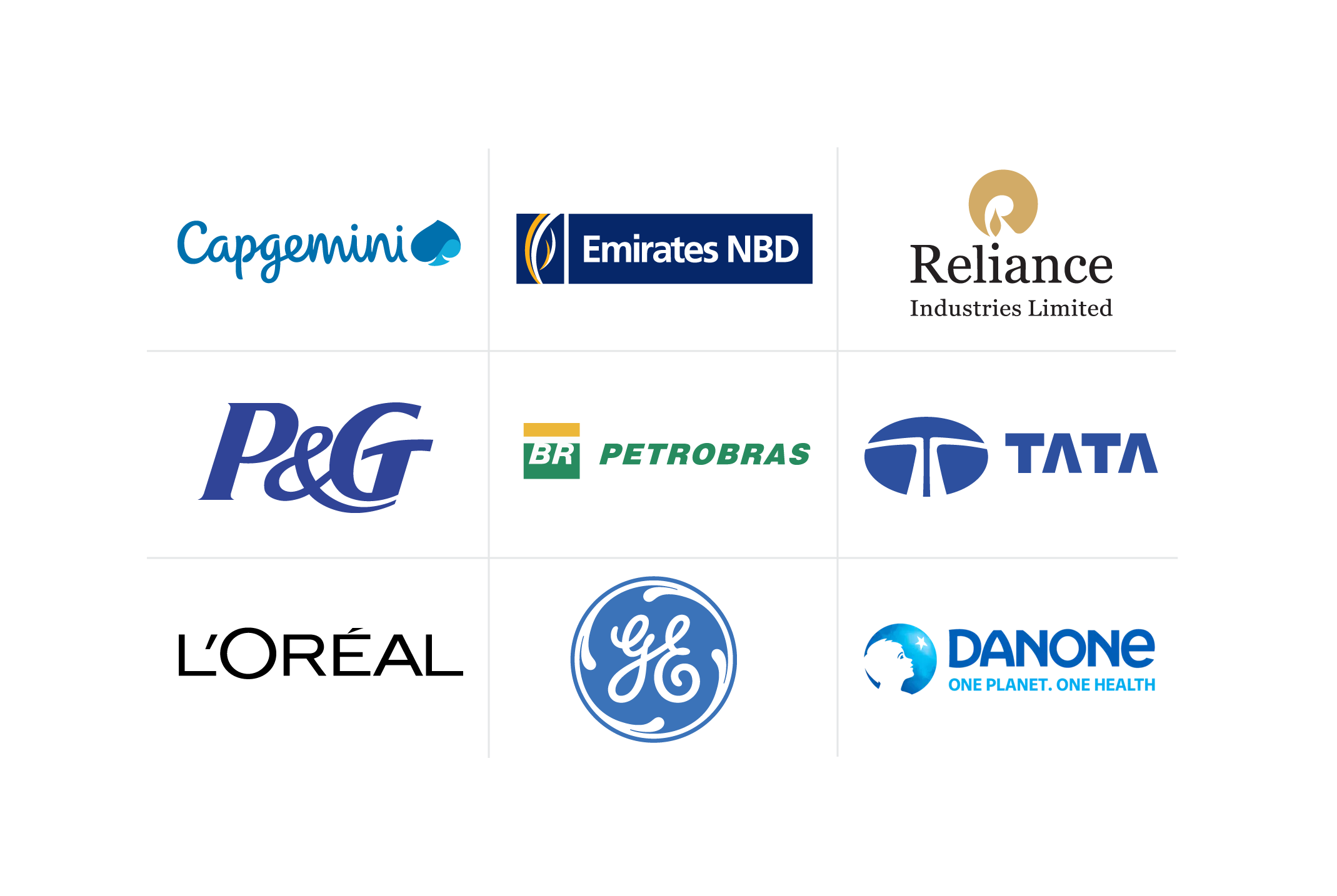Navigating the Landscape of Chief Learning Officer Jobs
Discover the job of chief learning officers, including their key responsibilities, skills, qualifications, and more.
![[Featured Image] A chief learning officer leads a meeting for training and development.](https://d3njjcbhbojbot.cloudfront.net/api/utilities/v1/imageproxy/https://images.ctfassets.net/2pudprfttvy6/GRKHp3wGCpaXupC7bRLKs/95b8181f98c9dabcbf8c0495bef9fd90/GettyImages-1927881398.jpg?w=1500&h=680&q=60&fit=fill&f=faces&fm=jpg&fl=progressive&auto=format%2Ccompress&dpr=1&w=1000)
The chief learning officer (CLO) position, sometimes called chief knowledge officer or director of learning and development, was first introduced in 1989 when Steve Kerr from General Electric became the first CLO. Since then, this role has grown in popularity, with chief learning officer being an executive position found within the C-suite at major corporations [1].
Tasked with leading learning and development objectives, CLOs often work closely with human resources to deliver skill development and training opportunities that align with the company's goals. Gain a closer look at what exactly chief learning officer jobs do and what it takes for you to earn this title.
The roles and responsibilities of a chief learning officer
The responsibilities of a chief learning officer can expand beyond implementing organization-wide learning initiatives. You can also impact your organizational culture, striving to influence the workforce towards a growth mindset by encouraging learning. The primary job duties of a chief learning officer entail the following:
Developing learning and training plans based on skills currently in demand, as well as the skills the CLO anticipates the workforce may need in the future
Assessing which technological resources, such as learning management systems, to utilize to meet the specific needs of the organization and its learning goals
Working alongside fellow executives to establish key metrics to work towards
Measuring and quantifying the results of learning initiatives to showcase the value from both a business perspective and for the individual employee
Strategic leadership in learning initiatives
When motivating a workforce to support learning initiatives, you, as the chief learning officer, can lead by example, emphasizing your own development to show the way. This encourages others to want to grow as well and leads to greater buy-in to the learning plans presented to them.
Additionally, the learning opportunities the CLO designs need to strategically address the needs of the organization while also factoring in the skill needs of each employee and their career goals for a more personalized plan. To do this effectively, a CLO needs to take the time to get to know their employees and develop a grasp of the challenges they face and how to help them be successful.
Key qualifications and skills for chief learning officer jobs
When it comes to qualifications, working as a chief learning officer requires you to earn at least a bachelor’s degree. Some of the common degrees for this job title include business administration and human resource management. In some cases, an aspiring CLO may need a master’s degree to qualify. Even if it’s not part of the requirements, a master’s degree in areas such as information technology can certainly improve your prospects.
In addition to earning a degree, certifications can help aspiring chief learning officers qualify for the job. For example, the Association for Talent Development (ATD) offers the Certified Professional in Talent Development (CPTD) certification as an option for those with five years of professional experience in talent development roles [4].
The path to becoming chief learning officer often entails at least a decade of relevant experience working in a position such as chief information officer, human resources director, director of leadership development, director of learning, or senior vice president of talent development.
Essential skills for success
Chief learning officers possess a range of skills that help them perform as leaders, communicate effectively, and assess their organization's needs.
Leadership skills are important if you plan to implement strategies that match a business's needs. They also help you look out for employees' success and put them in a position where they can learn and grow.
Additionally, communication is a necessary skill to explain the value and methodology behind the learning efforts being asked of them. By getting to know employees and their competencies, the chief executive officer can assess their strengths and develop a plan to help them better meet the organization's needs.
This makes analytical skills especially useful so that you can perform assessments and analyze data to determine the best course of action, as well as how to further improve initiatives.

Factors influencing chief learning officer job opportunities
One factor driving the need for CLOs is the almost constant evolution of digital and automated technology. To accommodate these rapid changes, the CLO can identify skill gaps among employees and implement training methods to fill them.
Another factor that influences the prevalence of chief learning opportunities is the size of the organization, as this position is more common within large organizations. According to data from Zippia, over 50 percent of chief learning officers are employed by organizations with greater than 1000 employees [2].
How much does a chief learning officer make?
The average annual salary of a chief learning officer in the United States is $169,460 [3]. A factor that contributes to this salary includes education level, where those with a master’s degree tend to outearn chief learning officers whose highest education level is a bachelor’s. The type of industry in which you choose to work can also play a role in your earning potential for this profession. Some of the industries paying the highest salaries to their employees who lead the training and development efforts are technology, finance, and health care.
Getting started with Coursera
Chief learning officers help an organization reach its goals by aligning employee learning efforts with the organization's needs. By promoting learning through skills such as leadership and communication, CLOs contribute to both organizational and individual success.
With Coursera, you can train teams across your organization in the skills that matter most in today’s digital economy. Your employees will gain access to content from 350+ leading universities and industry partners, where they can build real-world experience with innovative skills, tools, and technologies while earning globally recognized credentials. Our customizable, scalable learning solutions balance workplace and technical skills training in diverse formats, from video clips to guided projects and Professional Certificates. Accelerate your digital transformation and equip employees to drive growth with Coursera.
Article sources
University of Tennessee Chattanooga. “What Is a Chief Learning Officer?, https://blog.utc.edu/business/2022/11/08/what-is-a-chief-learning-officer/.” Accessed June 11, 2025.
This content has been made available for informational purposes only. Learners are advised to conduct additional research to ensure that courses and other credentials pursued meet their personal, professional, and financial goals.

